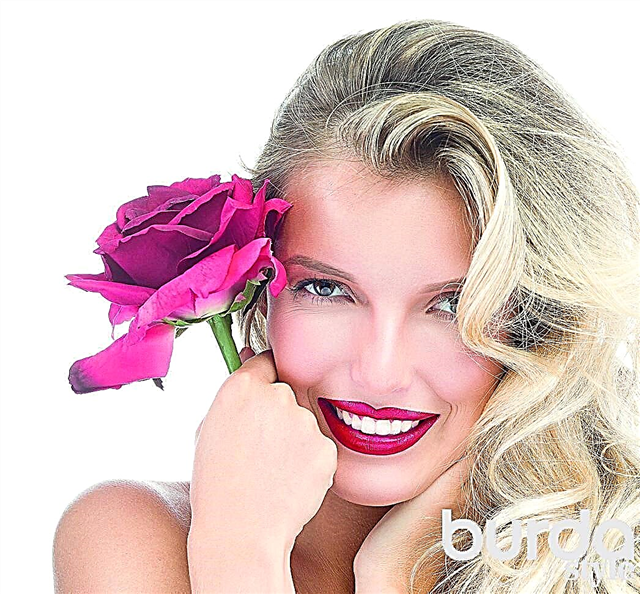Share
Pin
Tweet
Send
Share
Send
The struggle between conservatism and modernity is normal in everything connected with fashion. But there is no winner in the cap-and-hat duel. There are only preferences.
Word "caps" German origin (from kopf - head), but the Russian language came from French. For the first time this word was introduced into Russian usage by Alexander Herzen (who at one time “woke the Decembrists”).
The first models were a cap with a small hard bottom and a straight visor. At the beginning of the 19th century, caps were introduced in the French army by General Lassalle and became an alternative to military shakos - heavy and uncomfortable, cylinder-like headgear, but also with a visor. At first, the caps of the cap were rounded, then they were square, since the round soaked faster from the rain. Simply put, caps have become a kind of cap, only more comfortable and elegant.
From 1862 to 1881, caps were also in the uniform of the Russian army. And in the 1870s they became the headdresses of students of classical gymnasiums and real schools. In France and now, cylindrical caps are worn by military, police and students.
Cap Fashion
In the early twentieth century, kepi became a fashionable attribute of golden athletic youth and the aristocracy of the West and the whole world. It was worn by the first pilots, motorists, and soon they were joined by artists, movie stars, poets, secular dandies ...
Another cap, or beanie - from english beanie, which in its shape resembles a baseball cap and a "driver" cap, appeared in America in the 40s of the XX century. It was the headdress of the "blue collar" - welders, mechanics, builders who were uncomfortable wearing hats, but needed to protect themselves from the sun and clean their hair.
The cap came to Russia en masse after the revolution, in the era of industrialization, replacing the budenovki and officer caps of the civil war. It is enough to see any chronicle of those years, any photo - people are completely in proletarian caps. It seemed that everyone wore caps: leaders (and the main one was Lenin), poets, scientists, athletes and sportswomen. A girl in a leather jacket and cap is a typical heroine of the first Soviet films and plays. In a word, the new people of the new country wore caps, well, and those who felt an inner connection with the old world ... remained in their hats.
World War II abruptly abolished fashion. Everyone who wore caps before put on helmets and caps. But soon after the war, his beloved cap returned to the people. Hats, as always, remained with the creative intelligentsia. And the democratic cap again became the headdress of the opposition - it was worn by Solzhenitsyn, Rostropovich, Brodsky ... Thus, the cap became a feature of the new fashion of the free intelligentsia.
Baseball cap
Time passed, the world changed, and the pacifist motto "Oh sport, you are peace!" acquired a global meaning. The world really became a sport, and the sport style became a world fashion. And here a baseball cap appeared - a round tulle embracing the head, a long, rounded, moderately hard visor - which many mistakenly or rather out of habit call a cap. But we will still distinguish. The baseball cap got its name from the American game of the same name. Its peak protected the eyes of the players from the sun better than a jockey hat and a straw hat. Soon, even those who had nothing to do with sports games began to wear a baseball cap. First up is baseball fans. Each team, as now, was assigned a specific color, and by a baseball cap it was possible to determine for which team the one who wears is rooting for.
Over time, this accessory has become an attribute of stellar personalities - a visor and dark glasses make their life easier, saving them from paparazzi.
A baseball cap came to our country in the early 90s, with the fall of the Iron Curtain, in the wake of Western fashion trends as a kind of symbol of Western emancipation and democracy.
It is wrong to consider a baseball cap an attribute of a sports style only. Of course, it goes well with jeans and a tracksuit, but this headdress can be glamorous, because now the caps are decorated with rhinestones, appliqués, embroidery and prints. Caps and baseball caps are worn with shorts, denim skirts, trousers and even with provocative dresses, and in summer with sundresses.
 The article was published on the basis of the journal "Good advice" 4/2014
The article was published on the basis of the journal "Good advice" 4/2014Text: Olga Kononova. Photo: taken fromfashionserverpluto, fall-winter collection - 2013/2014; Diomedia.com.
Material prepared by Julia Dekanova
Share
Pin
Tweet
Send
Share
Send









